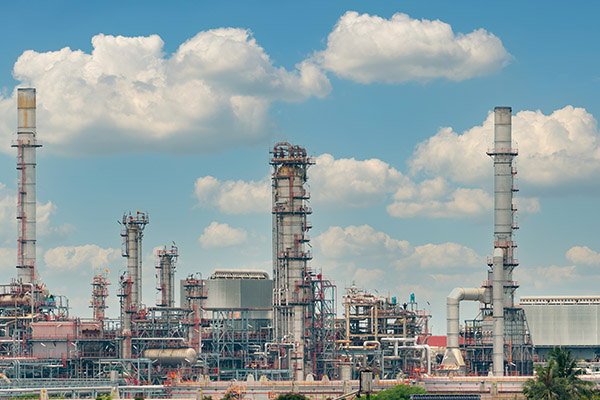
Many analysts forecast that the world’s energy transition will soon result in a peak in the use of oil-based fuels followed by a decline. The transportation sector is at the forefront of this trend, with total global demand expected to peak in the next one to two years and then begin a gradual decline. Gasoline will experience the greatest impact because it is primarily used for light-duty passenger vehicles, and the market for these vehicles is shifting toward electric. In addition, these vehicles are subject to efficiency improvements and changing consumer mobility habits.
In contrast, demand for petrochemical feedstocks will continue to grow. The major oil-derived petrochemical feedstocks are ethane, liquid petroleum gas (LPG), and naphtha. These are primarily used in the production of polymers for plastics, synthetic fibers, and other petrochemical intermediates. Demand for these products will continue to grow with rising global wealth.
These two developments pose a dual challenge for the world’s more than 600 refiners. Lower overall demand means less need for refining capacity. At the same time, the remaining refining capacity must evolve to match a shift in product mix to meet petrochemical demand. Refiners will need to find ways to make much less gasoline, marginally less diesel, and more jet fuel and petrochemical feedstocks.
Forward-looking refiners are already looking for opportunities to adjust or modify their production modes to capture growing demand for petrochemicals by, for example, increasing their output of naphtha, propylene, and reformate, the building blocks of other petrochemicals. (Refineries already produce some petrochemical feedstocks but typically at rates no higher than 10 percent of total output.)
The world’s refiners must fundamentally rethink how refineries are designed and operated. Given how long it takes to make capital investments and build new plants, they should begin this review now. In this article, we consider the emerging options available to refineries in terms of technol